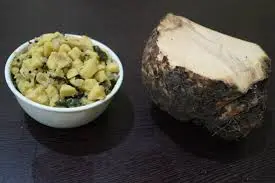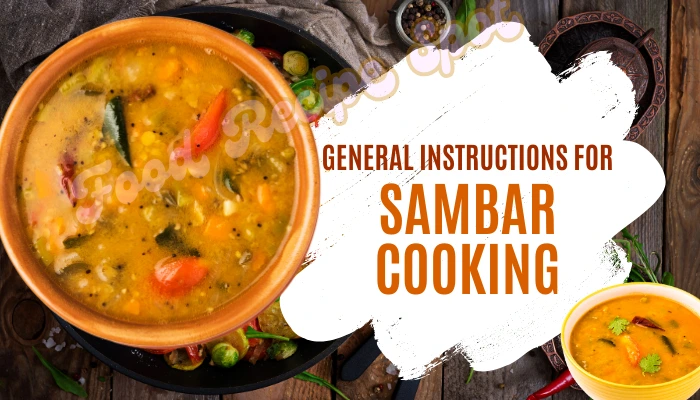General Instructions
- The most suitable for making sambar is tuvara paripu. Many people use pea dal (pattani paripu). It is also cheap. However, the taste varies a lot.
- The dal should be roasted. But do not overcook it.
- Almost all vegetables can be used in pieces. Pumpkin, carrot, etc. Pavakka also goes well with sambar. I remember that many famous chefs in Tripunithura used pavakka.
- The pieces should be cut into small pieces. About 1 inch in size. All the pieces should be about the same size.
- It is better for sambar to be used with idli to have a little less tamarind. So, just add tomatoes to that sambar. Local tomatoes are best. If you want to eat it with rice, you need enough tamarind.
- Adding jaggery is only to adjust the taste. It is not mandatory to add jaggery.
- This should be cooked in medium-rare. It will shrink a little when cooled. So add water accordingly. It should not be too long or too short.
- You can use any oil you like. It is enough to fry the mustard seeds using very little oil. Coconut oil is best.
- If you fry all the pieces in a little oil and then cook them, you will get a better smell. You can also try this when making it slowly. It is also good to fry only tomatoes like you fry okra.
- You can also add coriander, dried chillies and a little coconut instead of powder. Everyone will like this too.

Various types of Sambars
You can make sambar using only one piece. You can also add onions and green chilies to such sambars. And tomatoes if desired.
Sambar without Onion
There are people who do not eat onion or sabola. For such people, we can make sabola without onion. The pieces can be as described above. The lentils and pieces are all the same. Only onions are needed in the pieces.
Then it should be remembered that sabola is not needed. For sambar with lentil, lentil and green chillies are needed. Tomatoes can also be added. It is not necessary to have tomatoes. If you have them, you can add them.
Palakkad district has sabola cultivation. This is the only district in Kerala where sabola is cultivated. Lentils, lentil and green chillies are cultivated at home. Paddy and other vegetables are grown at home.
The only things that are not cultivated widely in Kerala are onions and sabola. Even in the past, people used to cultivate them at home. That is probably why sabara without onion has become popular. In the past, we did not have the habit of buying anything from outside.
Papaya – Elephant Yam Sambar
This is a unique local Sabar. There are many types of yams in our country. The best for making curries is the native yam. The fruits of this native yam are small. It gets cooked quickly. It goes well with any type of meat. For this sambar, add yam, yam, green chillies and onion in pieces. There is no problem if you omit the onion. No tomatoes.
Elephant Yam – Papaya Sambar
In this type of sambar, yam and yam are cut into pieces. The yam should be a small yam with small seeds. This (small yam) is the native yam. Do not add tomatoes.

Sambar with Coconut
Coconut goes well with any type of sambar. Fry half a cup of grated coconut. It is enough for the coconut to turn a little yellow. That is, do not chop it too much. When it turns a nice yellow color, remove it from the heat and add the grated or powdered sambar powder to the sambar. Then, after boiling, remove it from the stove and fry the mustard seeds. Adding coconut to the sambar makes it more appetizing in both appearance and taste.
How to enhance the taste of sambar?
Adding chili powder, coriander powder, turmeric powder, and asafoetida in equal proportions along with sambar powder would make the dish even more delicious. More than curry leaves, coriander leaves should be added in sambar to make it more flavoursome.
Who is the father of sambar?
Sambhaji
How do you reduce bitterness in sambar?
Add a little jaggery in order to mask the bitterness.

2 thoughts on “10 Things that Sambar Makers Should Know.”